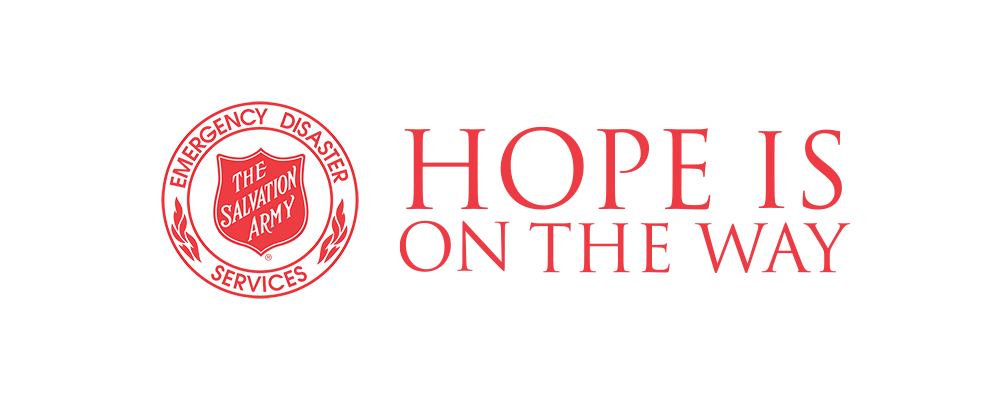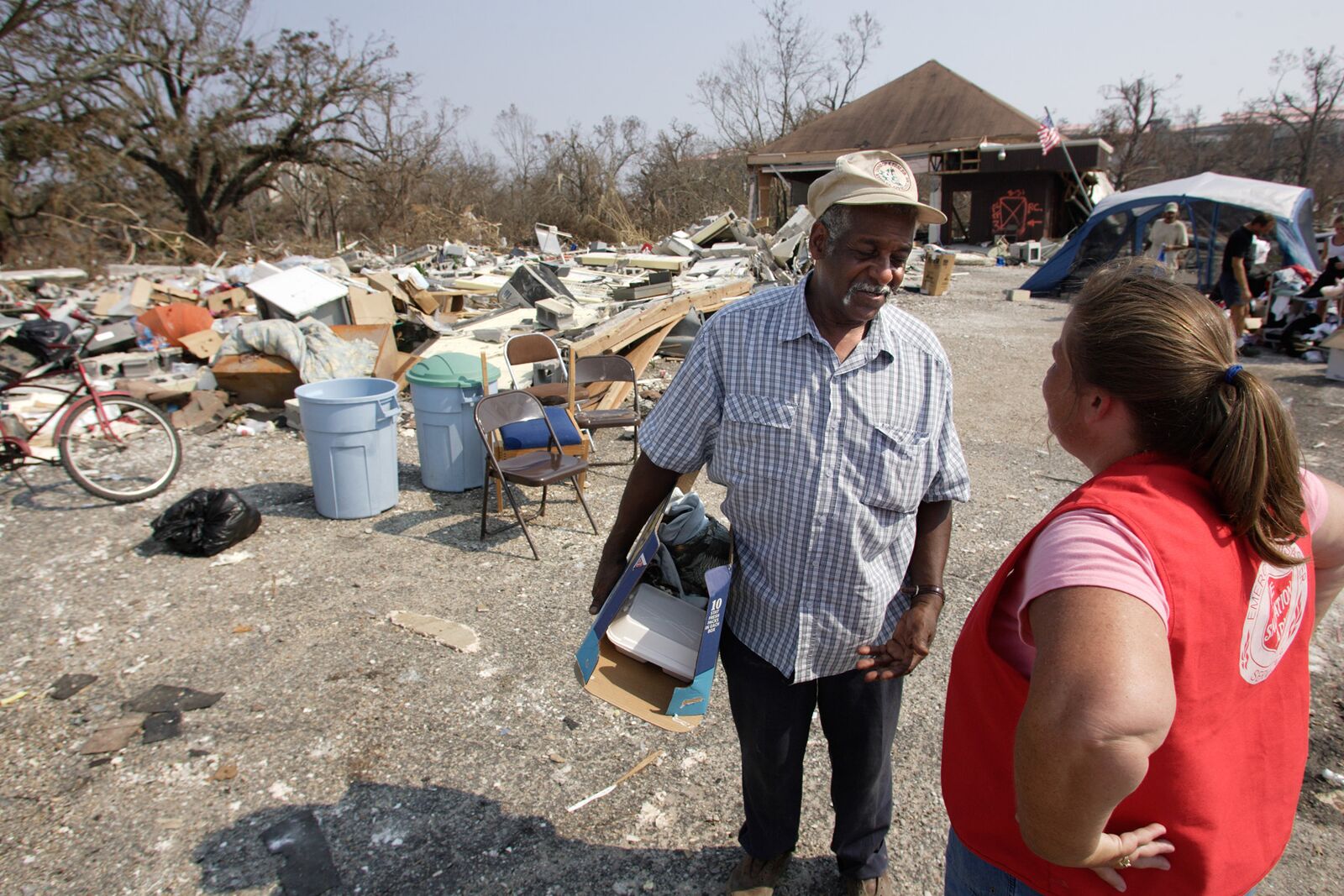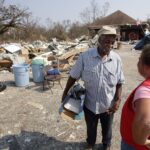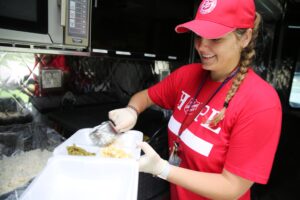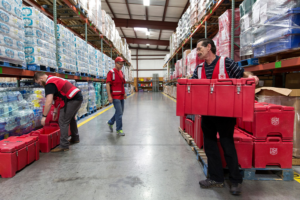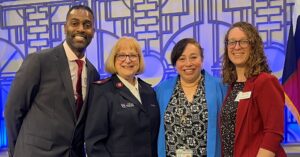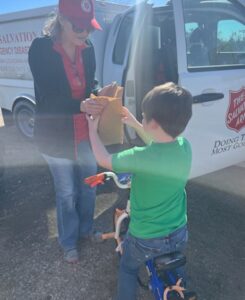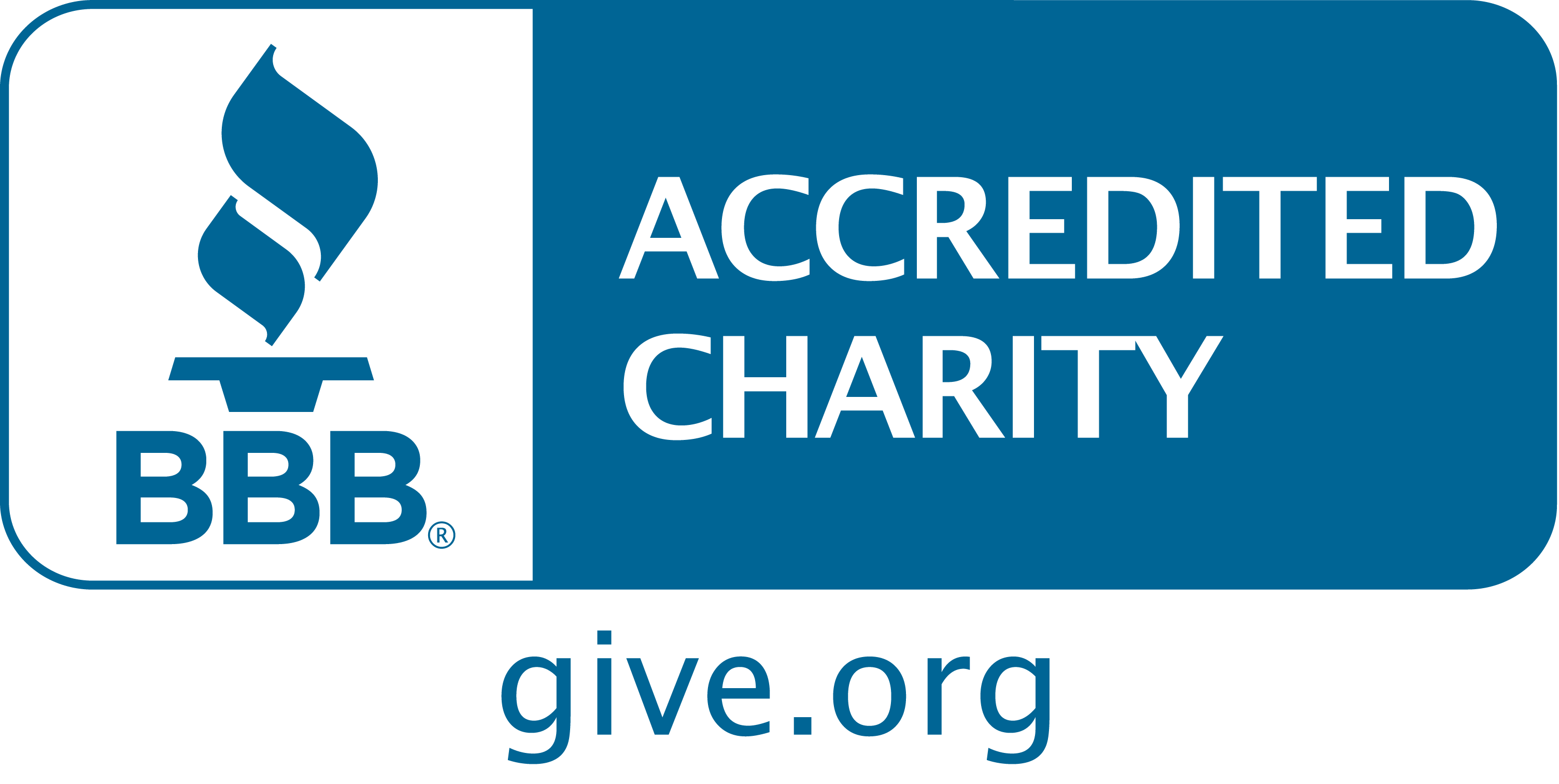The storm began as a cluster of unruly thunderstorms swirling over the Bahamas on August 23, 2005. By the next day, it had strengthened enough to be christened with a name – Katrina – before hitting Florida on August 25 as a moderate Category 1 hurricane. Katrina weakened after passing over Florida, downgraded to a tropical storm as it reemerged in the Gulf of Mexico, and if conditions were different, might have been a barely remembered footnote for the 2005 hurricane season.
But instead, Katrina stalled over the warm waters of the Gulf and strengthened, becoming a category 5 hurricane on August 26, before changing direction toward the central Gulf coast of the United States. Hurricane Katrina came ashore as a Category 3 hurricane with winds of more than 145 mph and driving a record storm surge of 27.8 feet into the Mississippi coast that reduced buildings to splinters and tossed the giant casino barges of Biloxi onto the shore like toy boats. In Louisiana, the levee system breached catastrophically, flooding 80 percent of the city of New Orleans and most of the nearby parishes.
Even before the storm struck, The Salvation Army had mobilized — from Lawrenceville, GA, to Houston, TX and as far away as San Diego, CA — to aid evacuees fleeing Katrina’s wrath. With the storm ashore, The Salvation Army activated three teams – each a mix of leadership personnel, feeding units, and support vehicles — that pushed into the hardest hit areas of Alabama, Mississippi and Louisiana from the east, west, and north.
Below are recollections from many of these employees, volunteers, and officers who gave selflessly during extreme hardship to help so many others.
Our team flew into Jackson, MS and we drove down to Gulfport, MS. I spent fifteen years in law enforcement and had been in many places where extreme poverty is the norm, but nothing could prepare me for what I saw as we got closer and closer to Gulfport. I just remember thinking; ‘This is bad; it can't get much worse than this.’ But I was continuously wrong. By the time we got to our assigned service site, we all felt like we were on another planet. After one day of service, I was totally hooked on the mission of The Salvation Army.
Judith Hale (Volunteer)
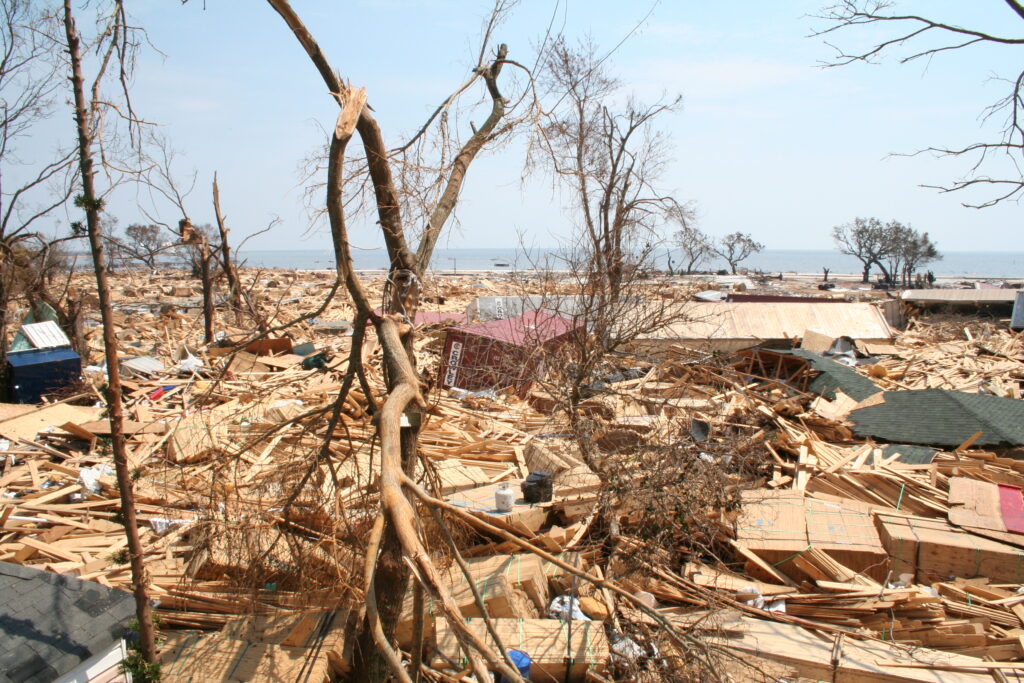
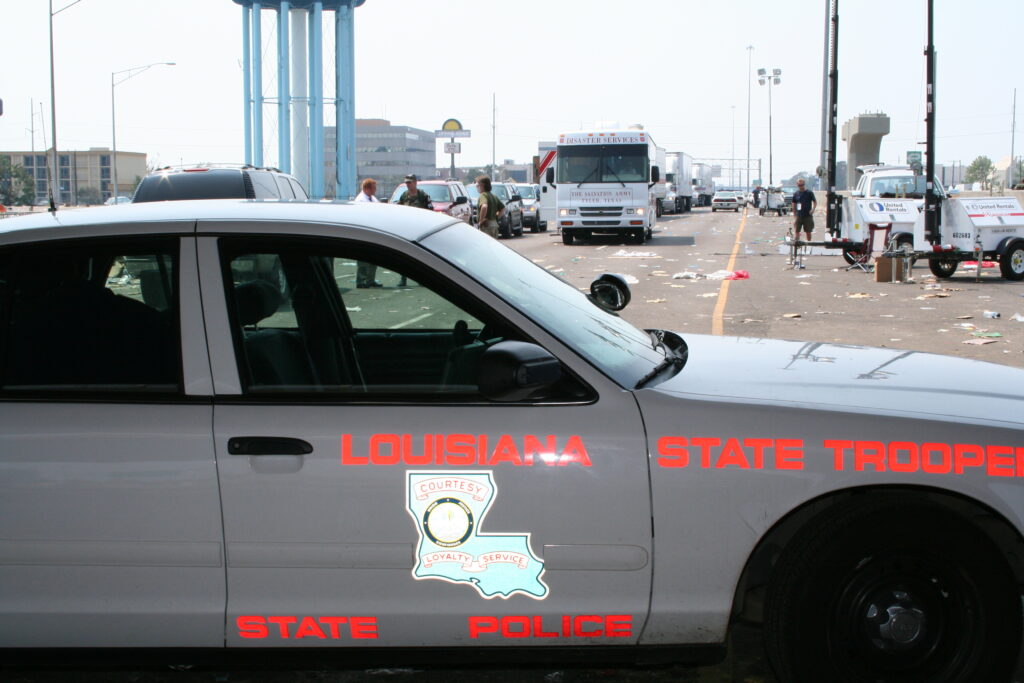
For the first several days, we couldn’t even pierce the lines of New Orleans because there was so much devastation on the way there. We would go a few miles and there would be a lot of houses that were ruined. People didn’t have any food or water. So we would stop and we had to take care of those people. They would drain us of our supplies. Then we would have to go back and restock. So it took us days just to get into New Orleans itself.
Capt. John Falin (Houston, TX)
We have a Salvationist who is 84 years old. A veteran of four wars, he is a remarkable guy. He volunteered at one of our assistance centers during Katrina, and was there almost every day. One of his jobs was to take the buggy filled with relief supplies to survivor’s vehicles. There was a young woman in her early twenties. Suddenly, she grabbed his arm. She stopped and was nearly in tears. She said, 'Those are my dogs. In the back of that truck. Those are my dogs.' She was crying, and she said, 'My mom and dad are here.' The family was separated during the evacuation. They didn’t know where she went. She didn’t know where they went. One volunteer said, 'Let’s go back in and see if we can find them.' They went back into the building and found them. The young woman had been in with a social worker while her family was in another room, and they just missed each other. The family was reunited in our lobby.”
Capt. Bobby Westmoreland (Lawrenceville, GA)
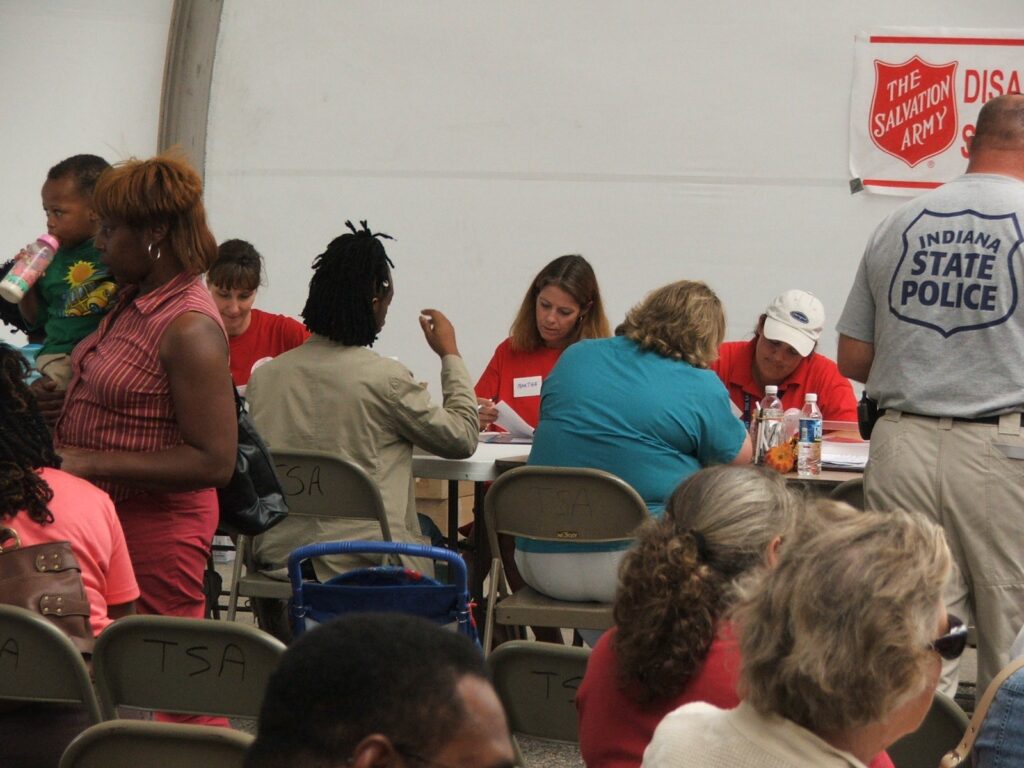
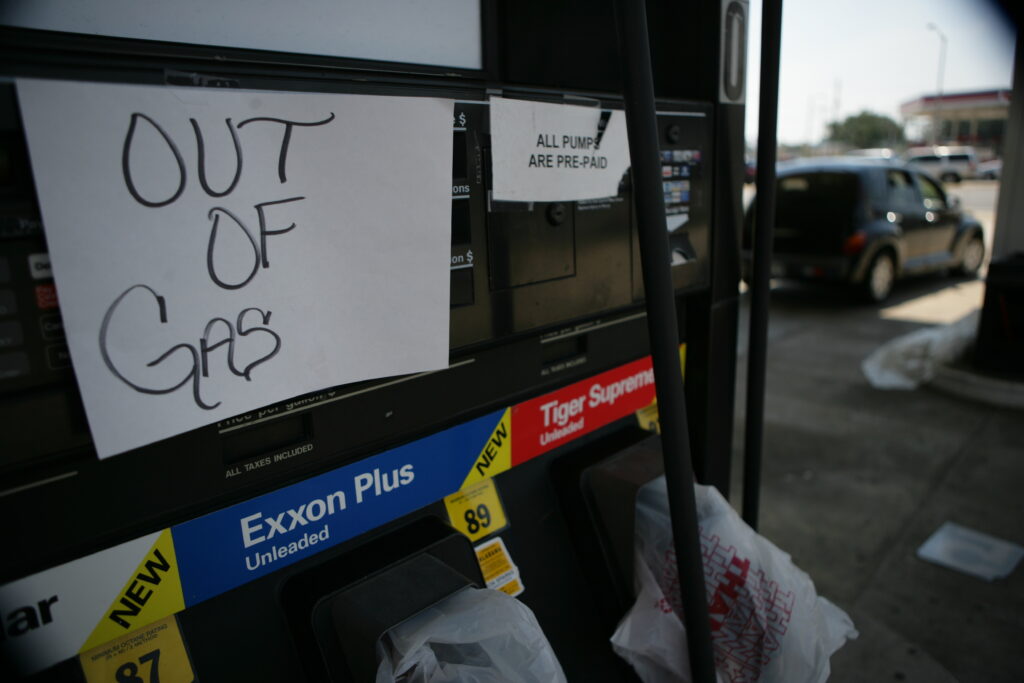
In Port Arthur, Texas, we assisted evacuees of both Hurricane Katrina and Rita. I recall one extended family of 23 from New Orleans who had come to lay their grandmother to rest. After they arrived in Texas, Hurricane Katrina hit and all 23 became stranded at the grandmother’s house. Unable to return to New Orleans and unable to support themselves, they already grieving family, reached out to The Salvation Army. We supplied the family with food, toiletries, clothes and gas cards for several weeks.
Sue Byers (Case Worker, Port Arthur, TX)
Conditions were often difficult. Many of the first disaster workers slept in tents, cars, or even on the ground – wherever they could find space. It as hot; everyone worked extremely long hours in very harsh conditions. If there is an unsung hero to Katrina, it is all those disaster workers who went on about their business, never complaining, and pitched in wherever they were needed.
Jeff Jellets (Territorial Disaster Coordinator)
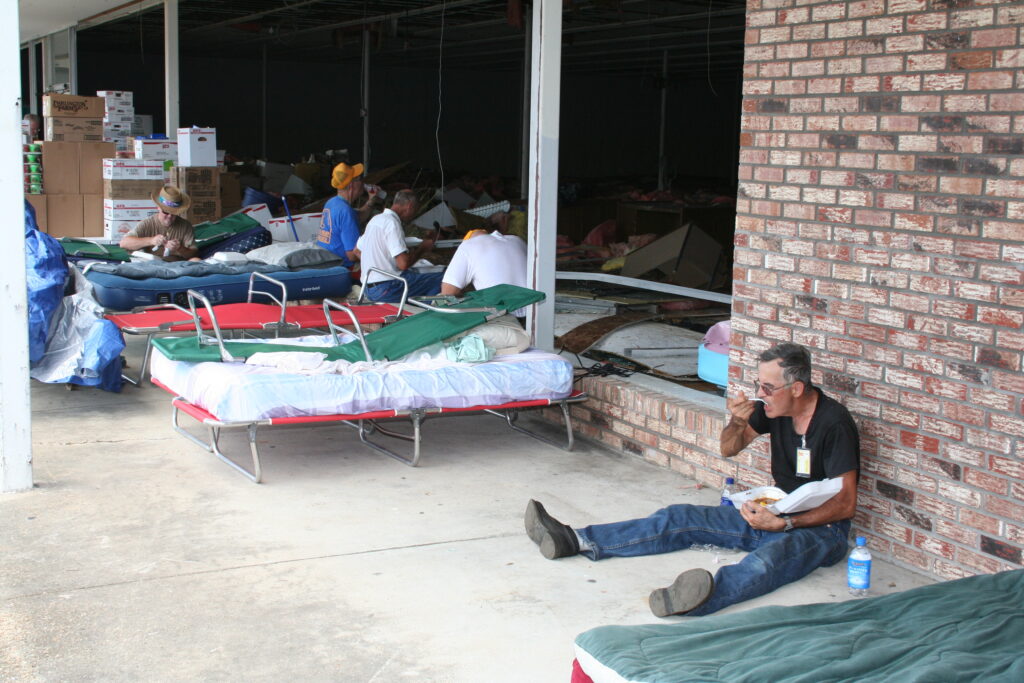
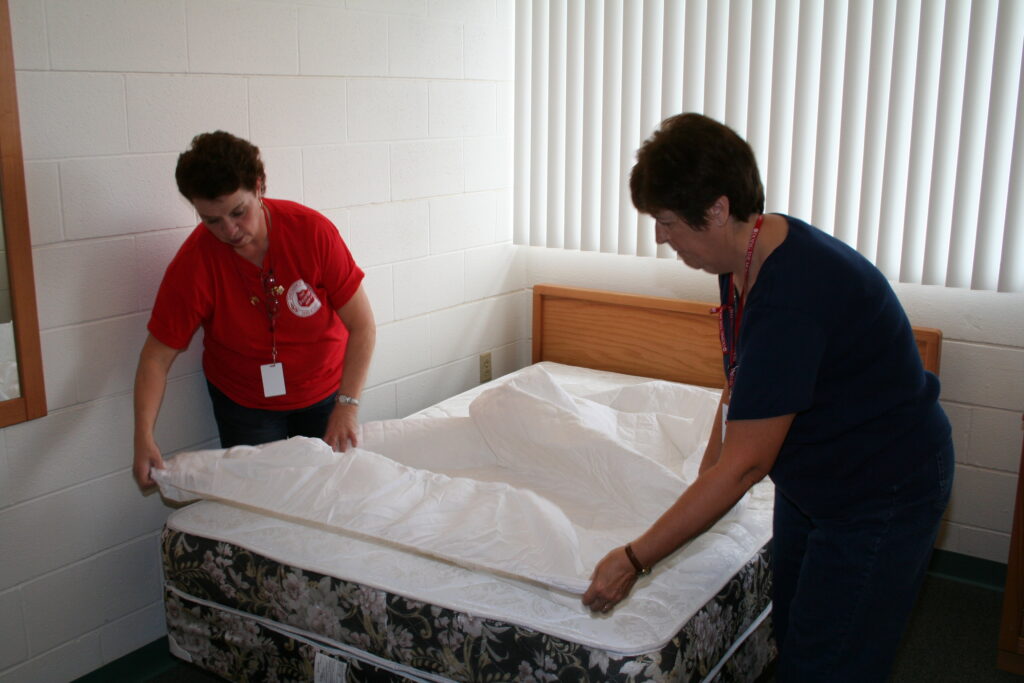
Immediately after the levies had given way, the population of Baton Rouge doubled overnight. The city already suffered from a housing shortage, and the sudden influx from New Orleans threatened to overwhelm city and social agency services. We had to put most of the volunteers up at the Army’s corps building because no hotel rooms could be found anywhere. We had people sleeping everywhere. The amount of good that The Salvation Army was able to do was staggering. Volunteers worked 24/7 to try and meet the needs. I was amazed at the dedication of the volunteers who were willing to do anything to help.
Major Mark Satterlee (Baton Rouge, LA)
One case among the thousands was on homeless veteran who lost his home even before Katrina. We housed him in our shelter for some time until we were able to find permanent housing. For a long time after he got his new home, he came by at least once a week to visit. If there is one good thing that can come out of a disaster like this, it’s that a lot of people in New Orleans know that they can depend on The Salvation Army.
Chela Clark (Caseworker, NOLA Area Command)
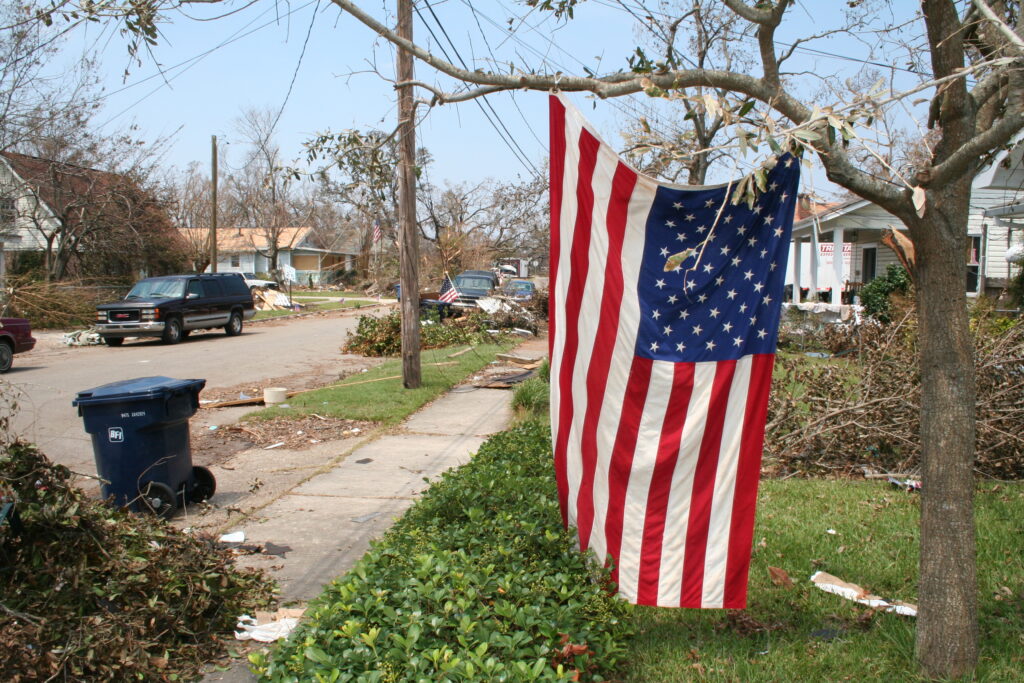
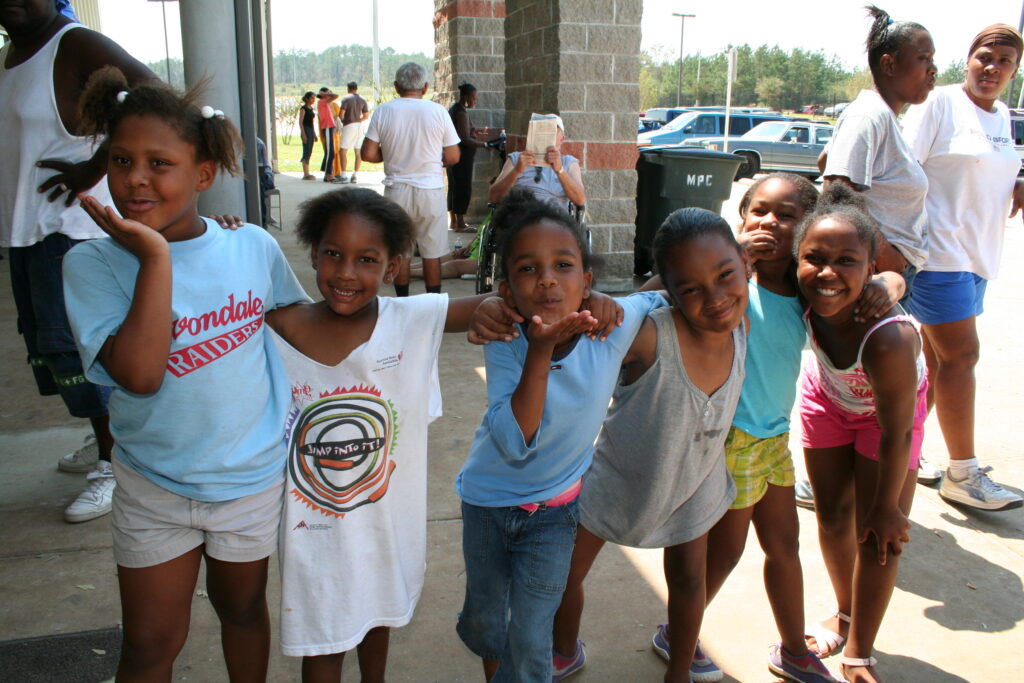
When Katrina first hit, we were asked to respond with our canteens to Louisiana. Shortly after that, we received a call from the Texas State Emergency Management Agency. We were advised that EMA would be sending 25,000 refugees from the New Orleans Superdome over to the Astrodome in Houston. Suddenly, the disaster was coming to us! We initially geared up forces, assigned personnel to the EMA and then commandeered a number of Salvationists to go to the Astrodome and be there to greet the survivors as they came in. We worked all through the first night as buses came loaded with survivors. We helped them get situated. We tried to help diffuse their anxieties. This was our chief purpose. We played games with the kids and tried to alleviate whatever frustrations we could. Salvationists were there throughout the night talking with survivors, counseling, and making them feel as welcome as we could under the circumstances.
Major John Roy Jones (Houston, TX)

